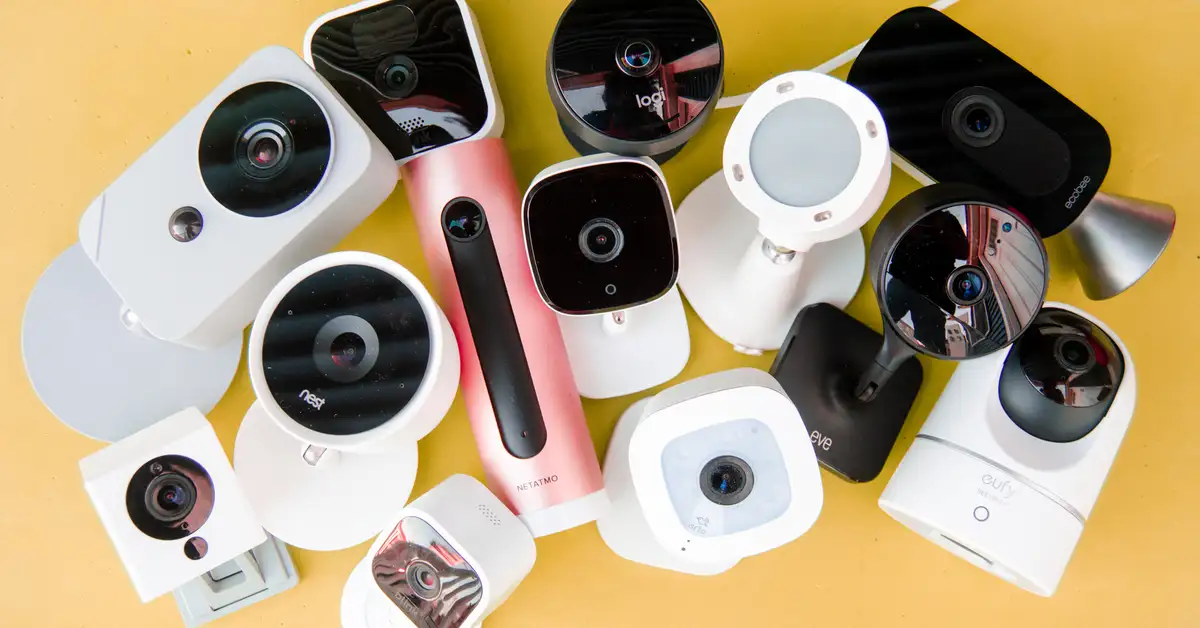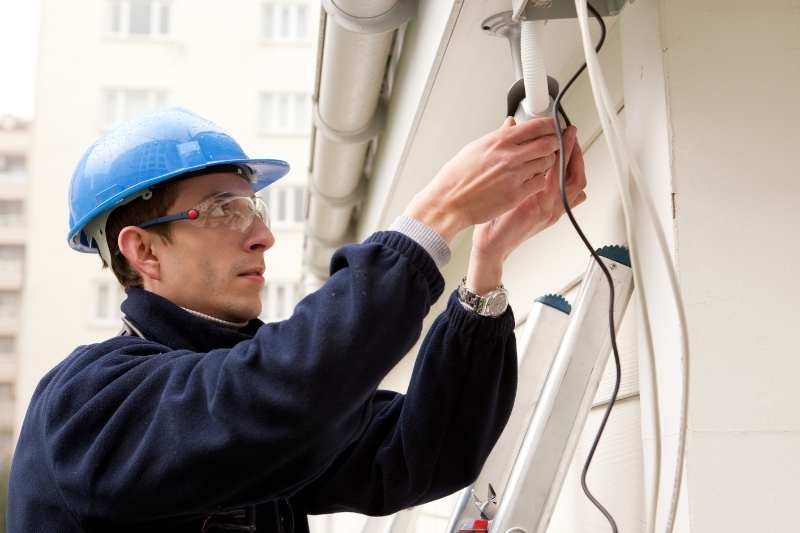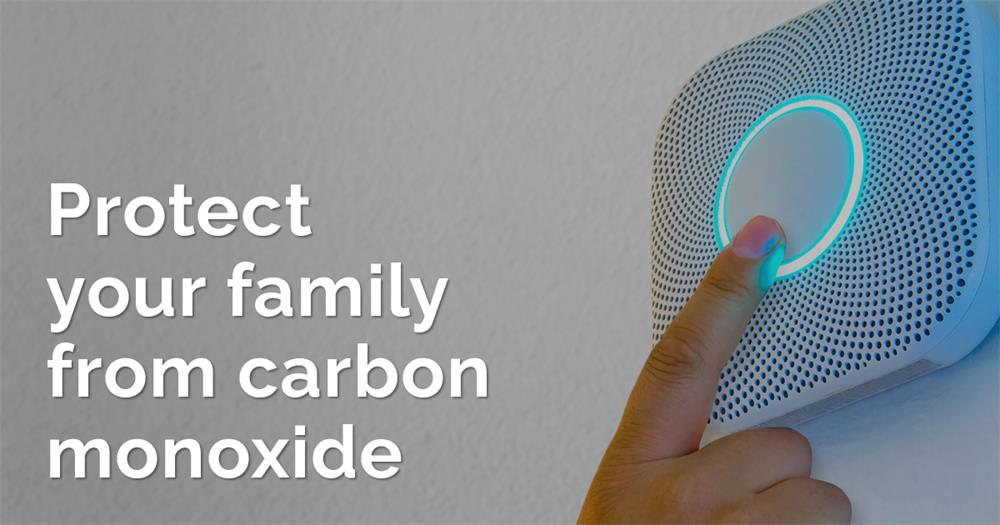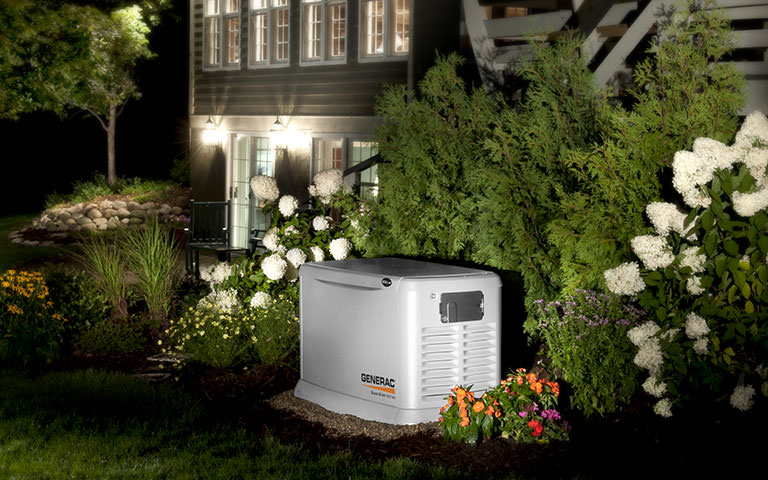Contents
Security cameras have become an indispensable part of home and business protection. They provide a sense of security by monitoring and recording activities around the premises.
With advanced technology, modern security cameras are capable of offering high-quality video footage, real-time alerts, and remote access for monitoring from anywhere. However, with so many brands and models on the market today, it can be a daunting task to choose the right one that suits your needs.
It is important to compare and review different brands and models before making a purchase decision. This article will help you understand the key features to consider while comparing different types of security cameras.
The importance of security cameras
With crime rates on the rise in many parts of the world, having a reliable security camera system is no longer optional. While they may not prevent crimes from happening altogether, they can serve as evidence and aid in identifying perpetrators if crimes occur. Security cameras are also essential for protecting your property against theft or damage caused by natural disasters like floods or fire.
With real-time alerts, you can take immediate action against intruders or natural calamities to minimize damage. Moreover, if you own a business or store, installing security cameras can prevent employee theft and detect fraud activities that may otherwise go unnoticed.
Why it’s important to compare and review different brands/models
Every brand/model of security camera has its unique features that offer distinct advantages over others. By comparing different products available in the market today, you can identify which ones have features suitable for your specific needs.
For instance, some models come with advanced motion detection capabilities that trigger alerts only when people are detected while ignoring animals or moving objects like cars passing by. Others offer two-way audio communication allowing you to communicate with visitors at your doorstep remotely.
Additionally, reviewing what other customers have experienced with their purchases can help avoid potential problems down the line. Reading product reviews can provide insight into the quality of video footage, ease of installation, or customer service offered by different brands.
In the following sections, we will be discussing the key features to look for when comparing and reviewing different brands and models of security cameras. This knowledge will empower you to make informed decisions when purchasing a security camera system.
Features to Consider
Resolution and Image Quality
When it comes to security cameras, the resolution and image quality are essential factors that you should consider before making a purchase. The higher the resolution, the clearer the picture will be. A camera with high resolution will provide more detailed images that can help identify people or objects better.
For example, many security cameras have a resolution of 1080p which is enough for general home security surveillance, while others offer 4K Ultra HD for even more detail. The higher the resolution, the more memory it will take up on your device or cloud storage.
Field of View
The field of view (FOV) is another crucial factor to consider when buying a security camera. The field of view determines how much of an area the camera can cover and record. If you’re looking to monitor a large area such as a backyard or driveway, then you’ll need a camera with a wide-angle lens.
Most security cameras offer between 100-130 degrees FOV; however, some models come with fisheye lenses that offer 360-degree coverage. Keep in mind that cameras with wider FOVs may have some distortion at the edges of the frame.
Night Vision Capabilities
Nighttime surveillance is just as important as daytime monitoring when it comes to home security systems. Therefore, night vision capabilities are an essential feature in virtually all modern-day security cameras. There are two types of night vision technologies used in most cameras: infrared (IR) and low-light CMOS sensors.
Infrared technology works by using IR LEDs around the lens to illuminate areas within range while low-light CMOS sensors amplify available light sources for improved visibility in low light conditions. Consider choosing a camera that switches between color mode during day time and black-and-white infrared mode at night time automatically.
Motion Detection and Alerts
Motion detection is a feature that triggers the camera to start recording when it senses motion within its range. Most cameras come with customizable motion zones where you can specify areas of activity for more accurate alerts.
To maximize security, select cameras with push notifications, email, or text alerts rather than ones that rely on monitoring activity on an app. The best models allow you to customize alerts based on the time of day or days of the week.
Two-Way Audio Communication
The two-way audio communication feature allows you to communicate directly with anyone within range of your security camera’s microphone and speaker system. This functionality comes in handy when monitoring children, pets, or even delivery drivers at your doorstep.
If two-way audio communication is a crucial factor for you, look for security cameras that come with high-quality speakers and noise cancellation features. These features ensure clear audio transmission even in noisy environments such as street noise or windy conditions outside.
Types of Security Cameras
Indoor vs. Outdoor Cameras: Which One Do You Need?Before diving into the details of different camera models and brands, it’s important to understand the two primary types of security cameras: indoor and outdoor. The main difference between these two types is their intended location and installation method. Indoor cameras are designed to be used inside your home or office, typically in a stationary position. They come in a variety of shapes and sizes, including small hidden cameras that can be concealed in plain sight or larger models that can sit on a tabletop or mount to a wall. Outdoor cameras, on the other hand, are built to withstand harsh weather conditions and varying temperatures. They are typically mounted outside your home or business to monitor your property’s exterior. Outdoor cameras often have more robust features than indoor ones due to their exposure to the elements. Ultimately, whether you choose an indoor or outdoor camera will depend on your specific needs and budget.
Wired vs. Wireless Cameras: Which One Is Right for You?Another factor to consider when selecting a security camera is whether you want wired or wireless connectivity. Wired cameras require an Ethernet cable connection for power and data transmission, while wireless models use Wi-Fi technology for remote access and control from a smartphone app or computer browser. Wired cameras tend to be more reliable because they don’t rely on Wi-Fi signals that can be disrupted by environmental factors like interference from other electronics and thick walls. However, they require more time-consuming installation work that may involve drilling holes through walls or ceilings. Wireless cameras offer greater flexibility in terms of placement since they don’t need an Ethernet cable connection. However, they may experience connectivity issues if there’s poor Wi-Fi signal strength in certain areas of your home or business.
Dome vs. Bullet Cameras: What’s the Difference?When it comes to outdoor cameras, there are two primary designs: dome and bullet. Dome cameras have a rounded, dome-shaped casing that can be tilted or rotated to adjust the viewing angle. They’re often considered more aesthetically appealing than bullet cameras and provide a wider viewing angle, making them ideal for monitoring large outdoor areas. Bullet cameras have a cylindrical shape that’s similar to a handgun bullet. They’re typically mounted on walls or ceilings and feature a built-in sunshade that protects the camera lens from glare and rain. Bullet cameras typically offer better image quality and longer range nighttime vision than dome cameras. Ultimately, choosing between dome and bullet cameras will depend on your specific needs, budget, and preference for aesthetics versus functionality.
Popular Brands in the Market
Nest Cam
When it comes to security cameras, Nest Cam is a popular brand that many people trust. The company offers indoor and outdoor cameras with high-quality video resolution and easy installation. Plus, their cameras work with Google Assistant or Alexa for added convenience.
However, the downside is that Nest Cam can be quite expensive compared to other brands on the market. Additionally, some of their advanced features require a subscription fee.
Ring Stick Up Cam
The Ring Stick Up Cam is an affordable option for those who want a security camera without breaking the bank. It offers customizable motion zones and works with Alexa for voice control.
However, its field of view may be limited compared to other brands and models. Another downside is that some of Ring’s advanced features also require a subscription, which can add up over time.
Arlo Pro 3
Arlo Pro 3 offers high-resolution video and a weather-resistant design, making it ideal for outdoor use. It also has long battery life so you don’t have to worry about constantly recharging it.
However, Arlo Pro 3 can be quite expensive upfront compared to other options on this list. Additionally, you’ll need a hub for full functionality.
Wyze Cam
Wyze Cam is known for being one of the most budget-friendly options on the market while still offering many advanced features such as motion detection alerts and two-way audio communication. It’s wireless and easy to set up in your home or office space without any complicated installation required. However, Wyze doesn’t offer outdoor cameras at this time.
There are several popular brands when it comes to security cameras on the market today ranging from low-cost Wyze Cams up through premium priced Arlo Pro 3 models from Netgear. While each brand has its own pros and cons, the right security camera for you will depend on your specific needs.
For example, Nest Cam may be ideal for those who value high-quality video and integration with Google Assistant or Alexa while Wyze Cam may be more appealing to those on a budget. It’s important to do your research and compare different brands and models before making a purchase to ensure that you get the best value for your money.
Pros and Cons of Each Brand/Model
Nest Cam
The Nest Cam is one of the most popular security cameras on the market today. It is widely known for its high-quality video, which can capture even the smallest details. The camera is also easy to install, so you won’t have to spend hours trying to figure out how it works.
Another great thing about the Nest Cam is that it works with Google Assistant and Alexa, making it even more convenient for users. However, one of the downsides of the Nest Cam is its cost.
It’s not the cheapest option in the market, but if you’re looking for quality, then this camera might be perfect for you. Additionally, some advanced features like cloud storage require a subscription fee.
Ring Stick Up Cam
If affordability is your main concern when choosing a security camera, then Ring Stick Up Cam might be your best bet. It offers customizable motion zones and works seamlessly with Alexa for voice control commands.
However, one disadvantage of Ring Stick Up Cam is its limited field of view compared to other brands and models in its price range. Additionally, some advanced features require a subscription fee which could make it less affordable over time.
Arlo Pro 3
The Arlo Pro 3 offers high-resolution video quality that can capture even small details clearly. Its weather-resistant design makes it ideal for outdoor use or in areas where moisture or humidity may be an issue. The long battery life means less hassle with recharging batteries.
However, one downside to Arlo Pro 3 is that it has a higher upfront cost compared to other options available on the market today. Additionally, full functionality requires purchasing a hub separately
Wyze Cam
The Wyze Cam is an affordable option for those who are looking for a security camera that won’t break the bank. Despite its low cost, this camera offers high-quality video and features such as motion detection, night vision, and two-way audio communication.
However, one disadvantage of the Wyze Cam is that it is not weather-resistant and may not be suitable for outdoor use. Additionally, cloud storage options require a subscription fee.
Conclusion
When it comes to choosing the right security camera for your home or business, it’s important to consider different brands and models carefully. Each of these brands has their own strengths and weaknesses so you need to weigh each of them against your specific needs. If you’re looking for high-quality video with easy installation and Google Assistant/Alexa compatibility, then Nest Cam might be your best choice.
On the other hand, if affordability is your main concern then Ring Stick Up Cam could be the way to go. For those who need weather-resistant design or long battery life capabilities Arlo Pro 3 can meet those needs whereas Wyze Cam can offer a low-cost solution without sacrificing much functionality.
Ultimately the right choice depends on what you care about most in your particular situation. No matter which brand or model you choose, investing in a security camera can provide peace of mind knowing that you have an extra layer of protection for yourself or your property.









